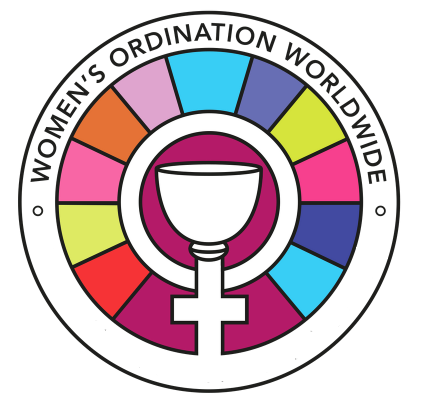Evidence of Women Priests in the South of Italy and Sicily in 2nd to 6th centuries AD
/There is evidence that shows that from the 2nd to the 6th centuries AD, women priests - presbyterae - functioned in the South of Italy and in Sicily. Here are some examples:
1. A fourth-century tombstone (image below) records the burial of ‘Guilia Runa, woman priest’.
A fourth-century tombstone (image below) records the burial of ‘Guilia Runa, woman priest’.
2. Another inscription of the 5th century records the life of "Leta Presbitera": "Sacred to her good memory. Leta the Presbyter lived 40 years, 8 months, 9 days, for whom her husband set up this tomb. She preceded him in peace on the day before the Ides of May". The epitaph refers to a presbyter Leta, having died at just over forty, for whom her husband had set up a tomb. This inscription comes from the catacomb of Tropea, a small town that has offered the most consistent epigraphical and monumental documentation of Paleochristian Bruttium. See image below.
B(onae) m(emoriae) s(acrum). Leta presbitera/vixit annos XL, menses VIII, dies VIIII/ quei (scil. cui) bene fecit maritus/Precessit in pace pridie/idus Maias
Until recently, many scholars have always construed the term presbytera as the ‘wife of the presbyter’. New evidence suggests that the Leta of the epigraph of Tropea was a true and proper presbytera: that is, a woman who was practising the sacerdotal ministry in the Christian community of Tropea. An analysis of the archeological evidence, as well as literary evidence, including Pope Gelasius’ letter (494 AD) and the testimony of Bishop Atto of Vercelli (9th cent.), has led Professor Giorgio Otranto to firmly conclude to the presence of ministerial women priests in the South of Italy and Sicily.
Read his conclusions for yourself:
“Priesthood, Precedent and Prejudice. On Recovering the Women Priests of Early Christianity” by Mary Ann Rossi (see credits) from: Journal of Feminist Studies 7 (1991) no 1, pp. 73 - 94. It contains a translation from the Italian of "Notes on the Female Priesthood in Antiquity," by Giorgio Otranto.
“The Problem of the Ordination of Women in the Early Christian Priesthood”. Lecture delivered in the USA in 1991 by Professor Giorgio Otranto, University of Bari, Italy; translation by Dr. Mary Ann Rossi ( see credits).
For more information, see the work of Women’s Ordination Worldwide member group, Wijngaards Institute for Catholic Research (WICR). For specific information about the case for women priests, see their website, womenpriests.org. The website provides an extensive library of scholarly research, manuscripts of ancient ordination rites, videos and discussion material. Their work shows the full case for women’s ordination in the context of scripture, theology, Tradition, and history. It proves how the exclusion of women from Catholic priesthood rests on cultural prejudice against women instead of anything authentic to Christianity.
WICR also runs the website, womendeacons.org which provides an extensive library of scholarly research, manuscripts of ancient ordination rites of women deacons, videos and discussion material. Their work shows the tens of thousands of women who served as fully ordained deacons in Catholic parishes during ten long centuries. Some of them ministered in Italy and Gaul, but the vast majority lived and worked in Greece, Asia Minor, Syria, Palestine and Egypt. At that time the Orthodox East was still part of the Catholic Church.


